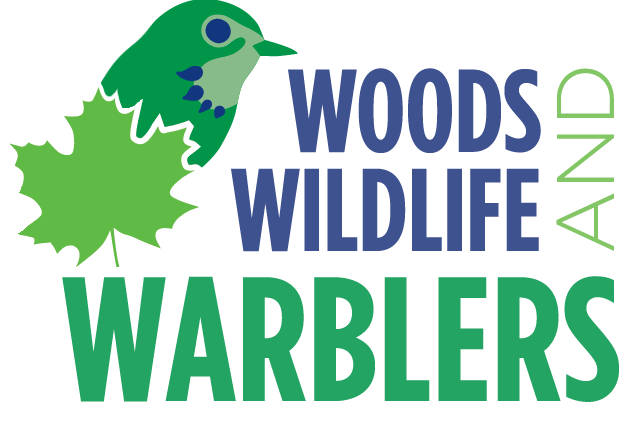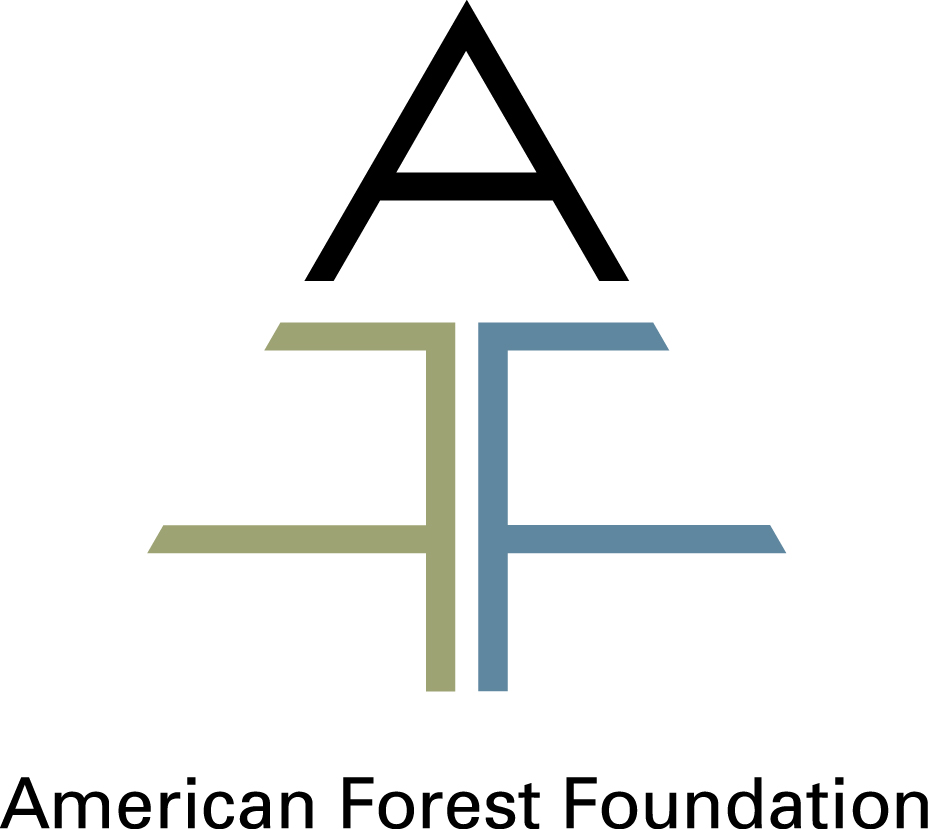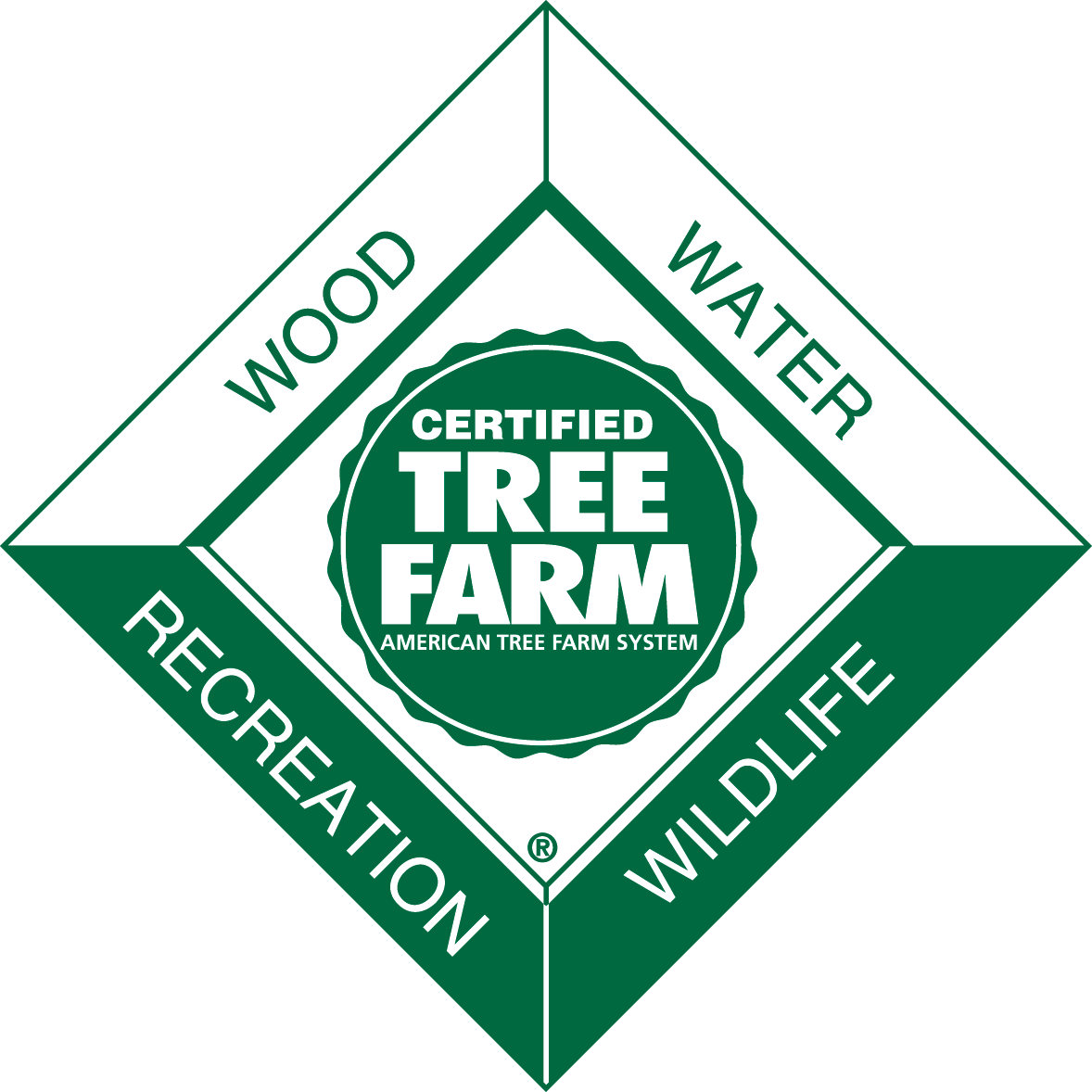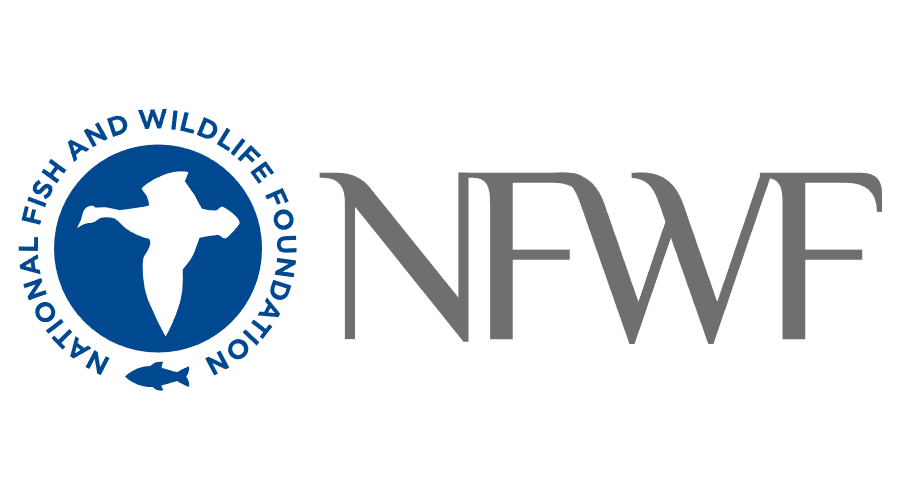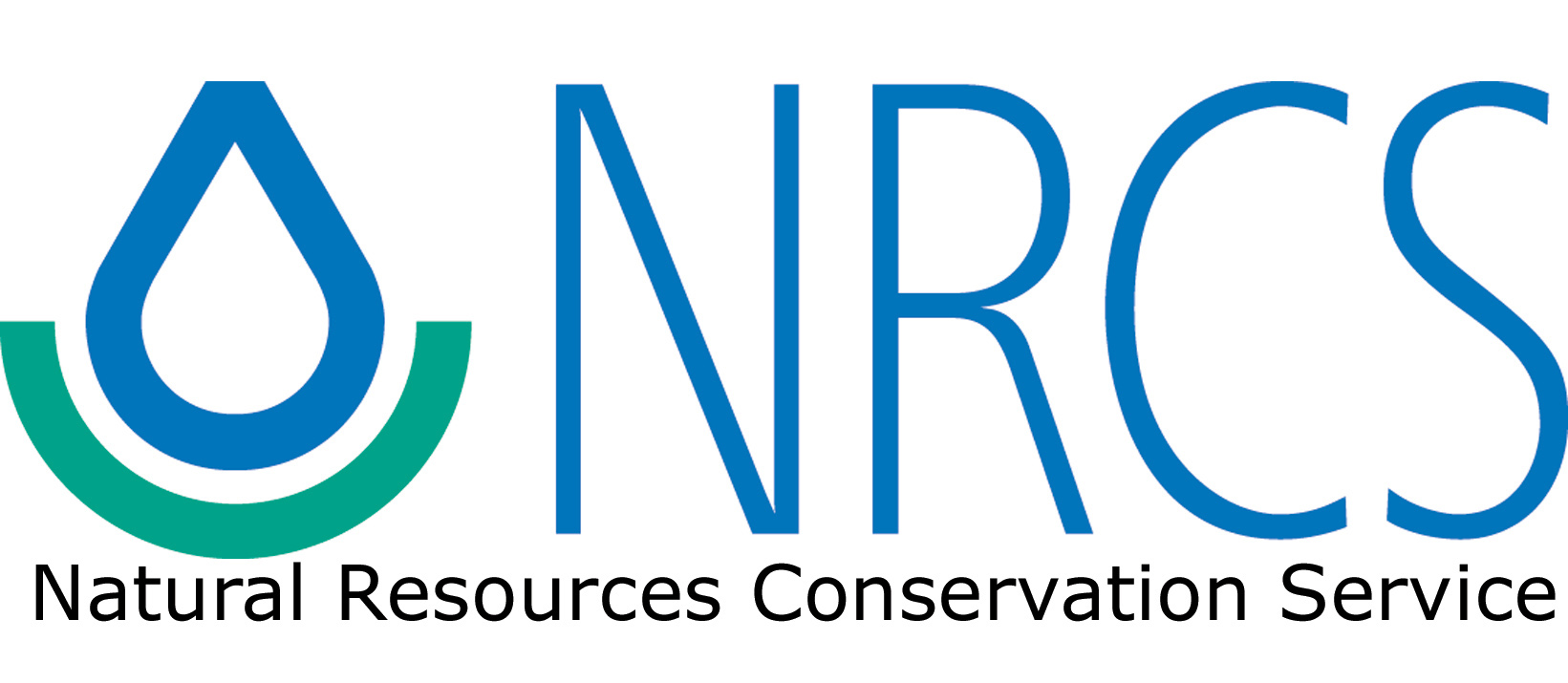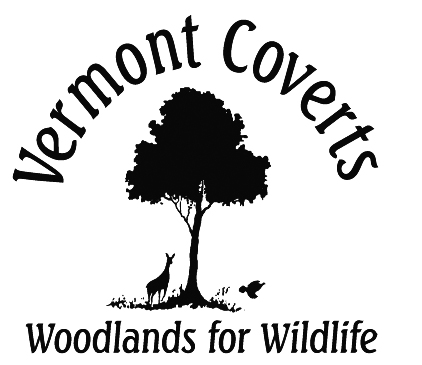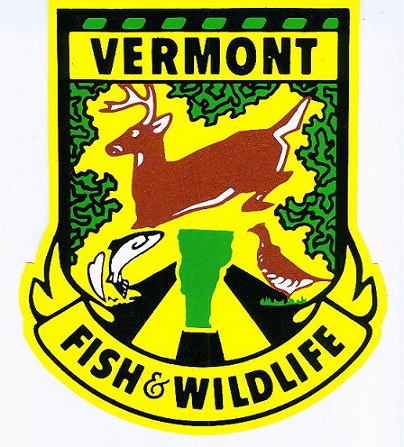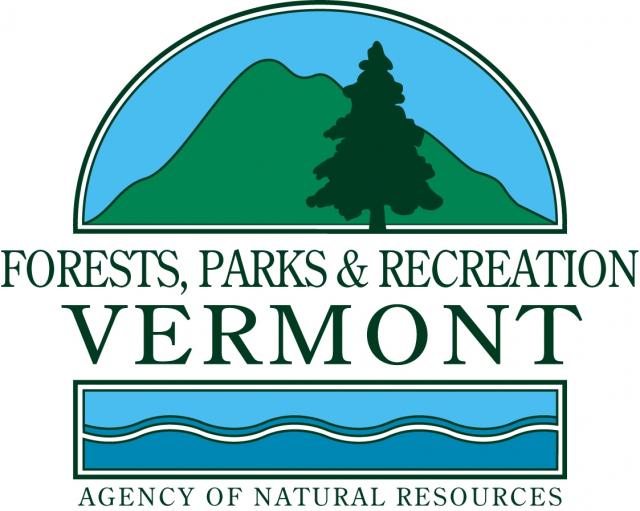WOODS, WILDLIFE AND WARBLERS
A program for Landowners in
Vermont and eastern New York
Who we are
Woods, Wildlife and Warblers is a partnership among Audubon Vermont, Audubon New York, the Vermont Tree Farm Committee, the New York Tree Farm Committee, Vermont Woodlands Association, the New York Forest Owners Association, the American Forest Foundation, and the National Fish and Wildlife Foundation.
We couldn't accomplish our work without the help of the rest of our partners, including Vermont Coverts, Vermont's Natural Resources Conservation Service (NRCS), Vermont Fish and Wildlife Department, and Vermont's Department of Forests, Parks and Recreation.
What we do
Our focus is on providing landowners with the knowledge, tools, and resources that will allow them to better care for their woods and the critters that call them home.
We offer free, no obligation services, such as informational materials and site visits from a woodland expert. The expert will walk your land with you and discuss goals you may have for your land such as:
enhancing wildlife habitat on your property;
increasing the variety of wildlife species visiting your woods;
identifying and controlling invasive plants and insects;
monitoring how your woods are changing; and
maintaining your woods into the future.
Where we work
We provide services statewide to landowners in Vermont as well as those landowners in New York in the watersheds for Lake Champlain and the Upper Hudson River.
How we Started
The Woods, Wildlife and Warblers program got its start in Vermont in 2017. The goal of the program was to build a statewide social movement supporting forest health and stewardship. Based on research conducted by the U.S. Forest Service and AFF, the program’s marketing focused on improving wildlife habitat in general, and bird habitat specifically, appealing to the vast landowner and community interest in protecting and enhancing habitat for wildlife.
Partners to the program offer landowners the opportunity to meet with professional consulting foresters, peer landowners, or trained volunteers to learn more about how those landowners can support healthy bird habitat on their property. In the process, landowners understand the benefits of healthy forest stewardship. Most importantly, champion landowners implement stewardship activities and offer their properties as demonstration and learning sites for their peers.
Simultaneous efforts with partners engage secondary school-aged students in both learning and promoting forest stewardship for wildlife to their respective communities, spreading the message beyond the landowner audience for a full surround-sound strategy.
